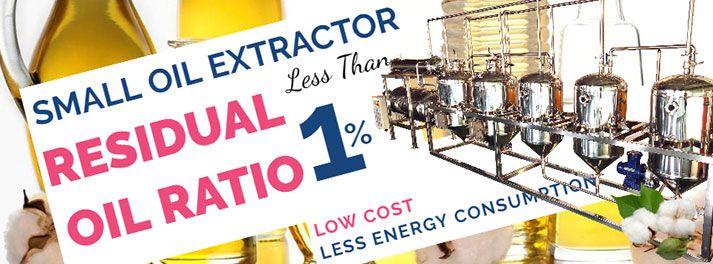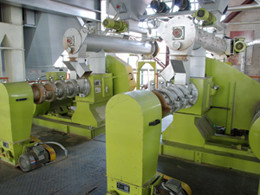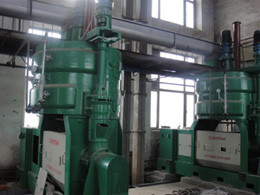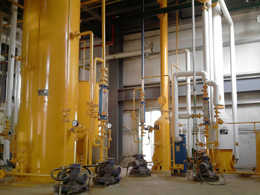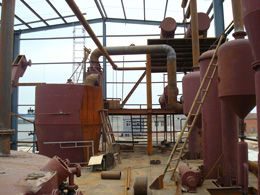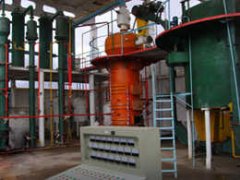Canola Seed Solvent Extraction Plant
Canola or rape seed oil is widely used as cooking oil and in many parts of the worlde for deep frying. The meal obtained after extraction can be used as animal feed with the exception of poultry due to its high protein content.
Rapeseed is much more durable than other oilseeds as it can withstand spring frost. It has a relatively low hull content and has an oil content of approximately 40-45% oil. The major oil is recovered by mechanical pressing in screw presses.
In the canola seed solvent extraction plant, the extraction of canola oil begins with the rapeseed. The rapeseed comes from a yellow flowering plant from the Brassicaceae family (the same family of plant that produces mustard seeds). Rapeseed oil is the "crude oil" to canola oil's "gasoline."
There is a refinement process used to create the finished product. The seeds are subjected either to pre-pressing in screw presses leaving left over residual oil in the cake in the range of 16 to 20% or the seeds are subjected to full pressing in which case oil left over has residual oil in the cake ranging between 8 to 10%. The cake is subjected to solvent extraction for recovery of the residual oil. Generally, rapeseed oil only have 30% of oil extraction rate in vegetable oil processing. If use the right way can help you increase 25% oil extraction rate more than before.
Process of Canola Seed Solvent Extraction Plant
- Seed Cleaning
- Cracking
- Cooking/Conditioning
- Flaking
- Expander
- Solvent Extraction
If you're interested in our products or have any questions, please don't hesitate to contact us! We are always at your service!
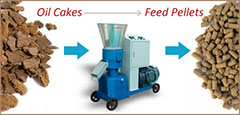
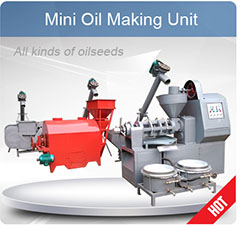
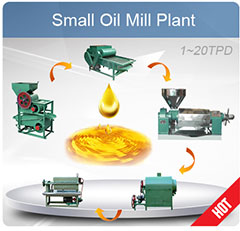
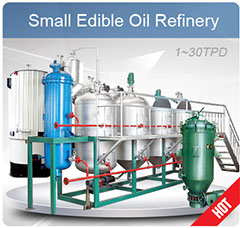
Want to set up a mini mustard oil mill of your own ? With the rapid ...
Mustards are part of the oilseed family and are regarded both as a s...
Interested in begin a small size corn oil extraction plant but dont ...
Do you want to make the edible rice bran oil at from using your mill...
